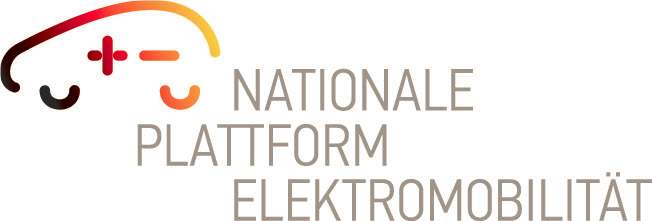Introduction
Electro mobility (or e-mobility for short) is the term used to describe locomotion with vehicles powered by electrical energy, i.e. electric motors. In today's context, these are essentially electrically driven cars. These include fuel cell vehicles (FCEV), battery electric vehicles (BEV), but also so-called hybrids (vehicles with combustion engines and small electric motors) and plug-in hybrids (PHEV, hybrids with the option of charging the battery from the electricity grid and thus achieving a longer range in electric driving mode).
Wirtschaftslexikon
energie-lexikon.info
In Germany, electric mobility plays an important role in achieving energy and climate policy goals (Anderson et al. 2016). It is a central component of a sustainable and climate-friendly transport system based on renewable energies. The National Electro Mobility Development Plan (NEP) defined the main features of the development towards electro mobility (Die Bundesregierung 2009). In the context of the NEP, the term electro mobility is limited to road traffic. Particular attention is paid to passenger cars and light commercial vehicles, but two-wheeled vehicles (electric scooters, electric bicycles) and light vehicles are also included. In our work, we focus primarily on passenger cars.
The use of electrically powered vehicles can contribute to the reduction of greenhouse gas emissions and air pollution. However, a clear advantage of electrically powered passenger cars over petrol or diesel-powered vehicles is only given if the required energy is predominantly generated from renewable energy sources. Systemic use of electro mobility can also make a sustainable contribution to implementing the energy revolution in the electricity sector.
As part of the "National Electro Mobility Development Plan" (NEP), the Federal Government is aiming to put one million electric vehicles on German roads by 2020 and six million electric vehicles by 2030. By 2020, Germany should be the leading supplier and market for electric mobility: This is the common goal of industry, politics, science, civil society and trade unions. Throughout the entire value chain, from batteries to Internet-based electric mobility services, German manufacturers are technological pioneers. The components vehicle, energy supply and transport infrastructure interlock in electro mobility (NPE, 2011). In order to achieve these goals, the National Platform for Electric Mobility (NPE) was founded.
Take a look at the extensive information material, publications and reports of the National Platform for Electric Mobility (NPE) at http://nationale-plattform-elektro mobilitaet.de/die-npe/publikationen/ and extract key data on the charging infrastructure and buyer potential.
In order to make the purchase of electric vehicles more attractive, various measures have been implemented, such as the exemption from vehicle tax for a period of ten years and a change in company car taxation. In April 2016, the federal government decided to pay a bonus of 4,000 to 6,000 Euros for electric cars and 3,000 to 5,000 Euros for plug-in hybrid cars.
The development of electro mobility is being actively promoted not only in Germany, but also in China and the USA. Norway is the leader in Europe, where a quarter of all new car registrations are electric vehicles.
However, the expansion of electric mobility in Germany is progressing only slowly. The actual boom in electro mobility seems to be more apparent in the area of two-wheeled electric vehicles. While sales of electric bicycles (e-bikes) are increasing strongly, sales of electric cars are developing rather sluggishly. More than 80,000 electric vehicles were registered at the beginning of 2019 (Kraftfahrtbundesamt). The clear pioneer in the field of electric mobility in Germany is the public sector with 4.7 % of all new passenger cars in the first half of 2017.
New registrations of electric vehicles (own presentation, source: Kraftfahrtbundesamt)

